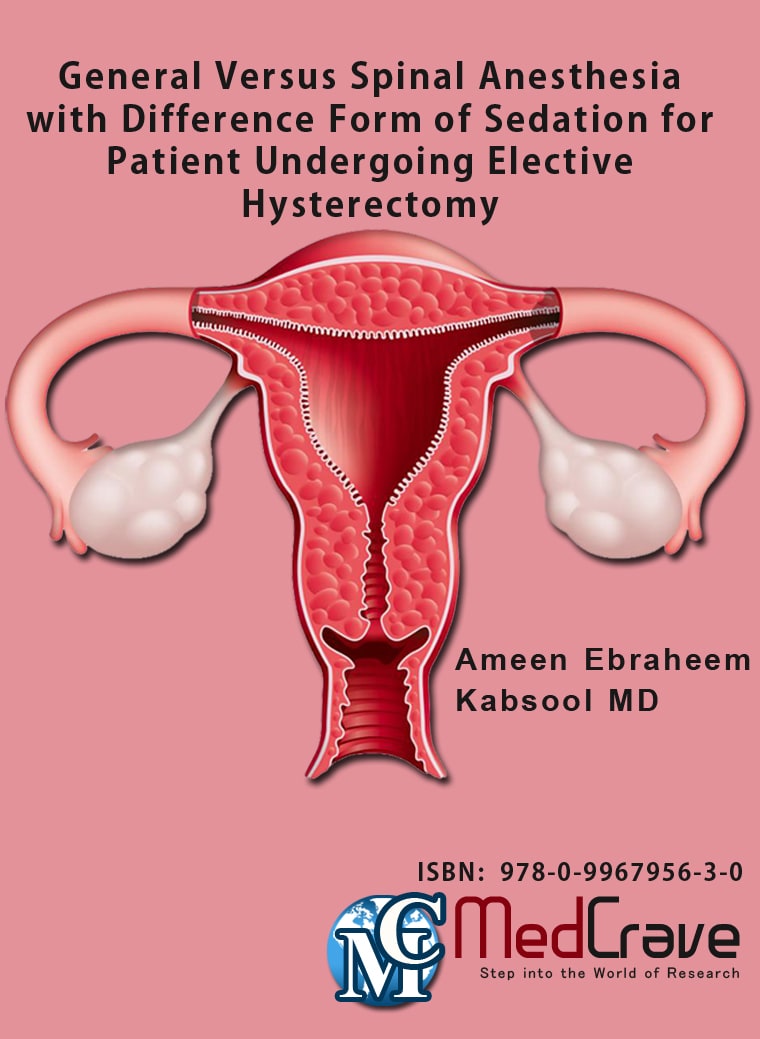eBooks View all | By AtoZ | By category
General Versus Spinal Anesthesia with Difference Form of Sedation for Patient Undergoing Elective Hysterectomy
By Dr. Ameen Ebraheem Kabsool MD and Dr. Ahmed Ali Khalid MD
Consultant of Anesthesia and Intensive Care, Saudhi Arabia
Published: Mar 22, 2016 | pg. no: 1-32
Abstract: To assess the impact of spinal anesthesia combined with three different form of conscious sedation on intraoperative and post operative outcome in patients undergoing elective hysterectomy in Omdurman Military Medical Hospital in the period from the 1st of April 2007 to the 30th of April 2008. All patients of ASA grade 1 and 2 within the age group between 3 0-80 yrs of patients in a total of 80 Sudanese ladies. The first group 20 patient received GA combined with 25mg pethdine intraoperative. The second group 20 patients received SPA lumber-subarachnoid puncture with bupivacine hydrochloride 0.5% plus diazepam i.v 2.5mg as a sedative agents plus 02 by adult mask. The third group 20 patients received SPA with bupivacine plus midazolam i.v as sedative agents, (0.5-1mg i.v) in bolus and 02 by adult mask. The 4 th group 20 patients received SPA with bupivacine plus propofol 4-5mg/ kg per h. in continuous infusion and 02 by adult mask. Data was collected using questionnaire parameters were colleted results the present study showed that muscle relaxation throughout hysterectomy was not different in all groups: bleeding was significantly lower with spinal anaesthsia with regardless of the form of sedation. Group four reported the best postoperative oxygen saturation percentage by pulse- oximetry and sedation score- the shortest waiting time in the postoperative holding area, the lowest pain on postoperative day, and the highest frequency the first flatus passage. A higher number in group 4 patients were able to carry out the assisted ambulation. In this study we can concluded that conscious sedation coupled with SPA is safe, reliable and effective procedure for patients undergoing hysterectomy. The use of propofol as sedative agents offers several advantages both over the types of conscious sedation and GA.
View eBook
